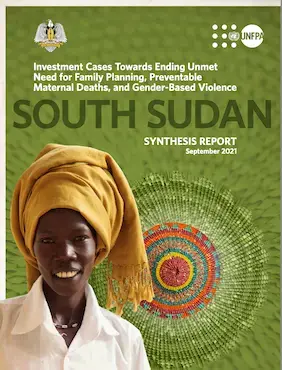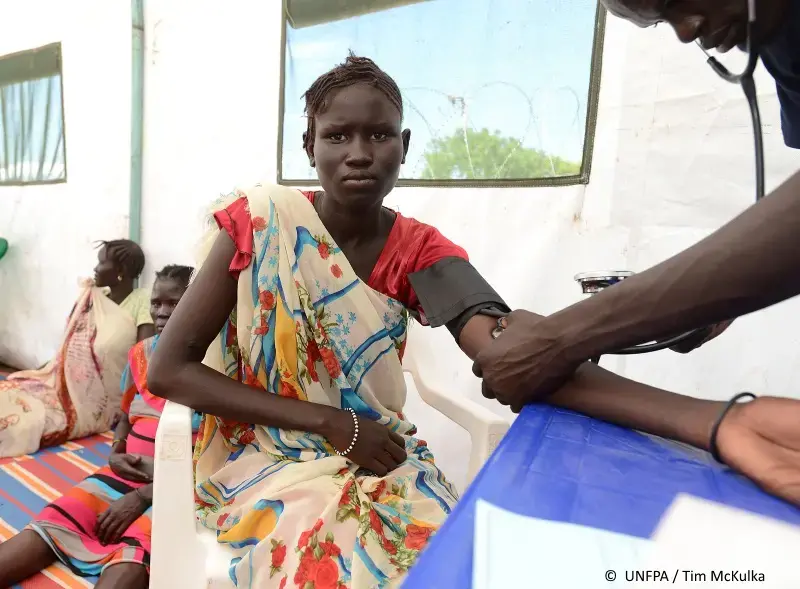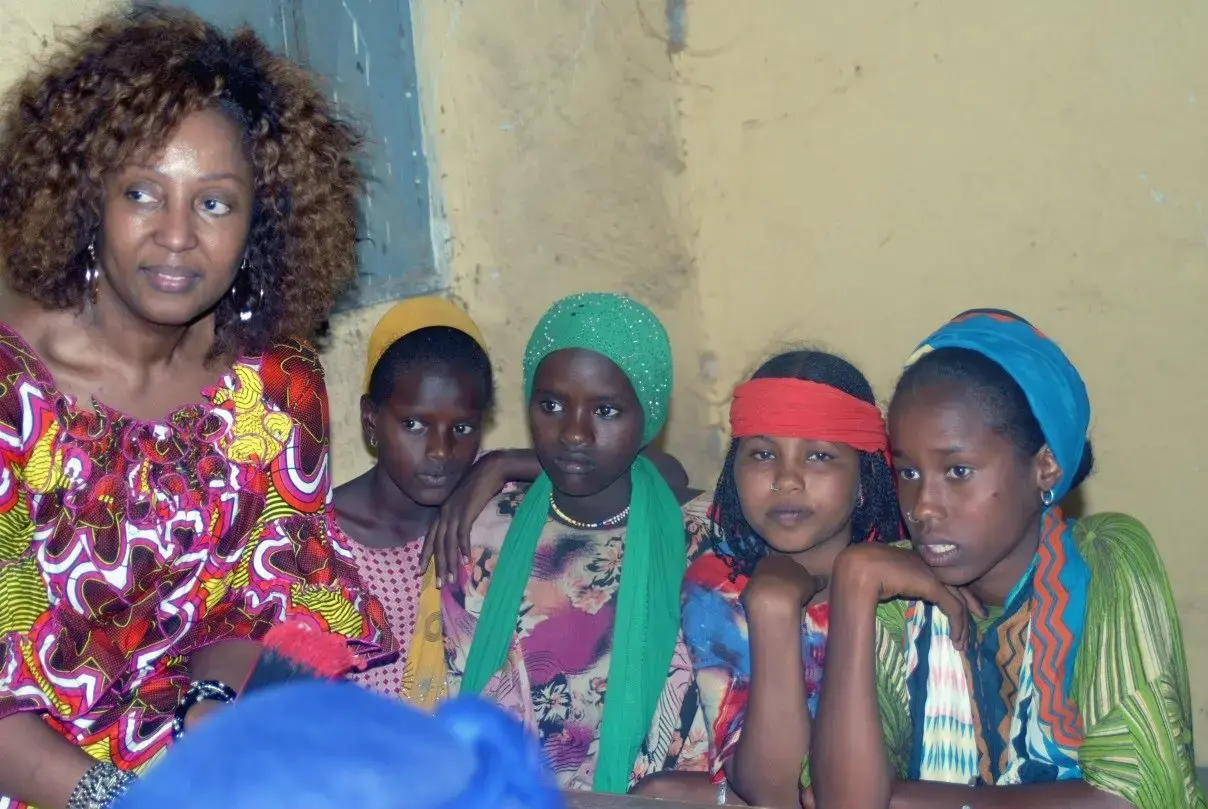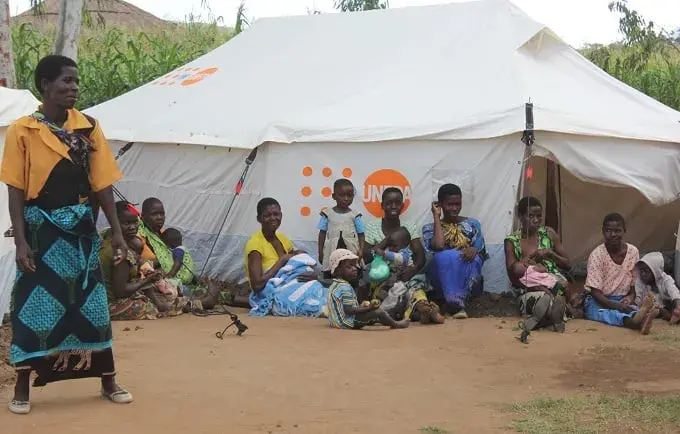South Sudan, a low-income country, is the world’s youngest country since attaining independence in 2011 and has a population of about 13.2 million as of 2020. The majority of the population (74 per cent) is below 30 years old and 81 per cent live in rural areas. The humanitarian crisis in South Sudan remains complex and protracted, with both acute and chronic needs experienced at varying levels across the country. Decades of war, intercommunal clashes, frequent disease outbreaks, flooding and drought, and a weakening economy continue to ravage the country and have undermined national capacity for provision of people-centred services. By the end of March 2020, four million people remained displaced by the humanitarian crisis: two million internally displaced and more than two million refugees.
These country-level investment cases present an opportunity for South Sudan to assess the scale and scope of investments needed to prioritize proven, high-impact and cost-effective interventions that are required to accelerate progress towards the achievement of the transformative results committed to by government and partners. The investment cases are therefore expected to inform partnership efforts and mobilization of additional domestic and external financing required to achieve the transformative results. In this regard, recognition of the continuously evolving sustainable financing landscape, situating country-level investments within the development, humanitarian and peace nexus is critical.





